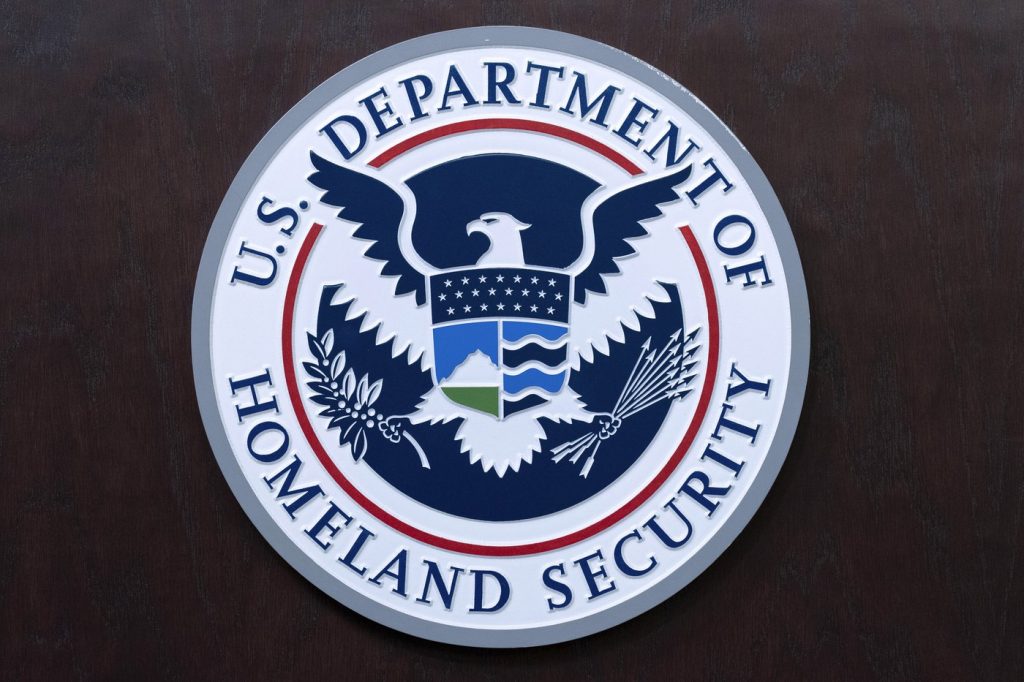The Department of Homeland Security (DHS) is set to amend its policies regarding entry and exit procedures for non-citizens, a change that includes individuals from Canada. According to the newly posted regulations in the Federal Register, all non-citizens will be required to be photographed at all ports of entry and departure when traveling to and from the United States. This move aims to bolster national security and ensure compliance with visa regulations.
The changes are scheduled to take effect on December 26, 2025; however, complete implementation may take several years. This means that while the enforcement of the new photographic requirement will begin on the specified date, the full system to manage and utilize this data may roll out gradually. The DHS emphasizes that the implementation of these regulations is a critical step in preventing individuals from overstaying their visas and tracking movements across U.S. borders more effectively.
The DHS's notice indicates that the photographs collected at these checkpoints could be retained for a duration of up to 75 years. This long retention period raises potential concerns regarding privacy and the management of biometric data. As the policy takes shape, travelers entering or exiting the U.S. will be impacted regardless of whether they arrive by land, air, or sea.
It is noteworthy that U.S. Customs and Border Protection (CBP) has been collecting biometric data from select travelers since 2004. However, the current regulatory framework lacks a comprehensive system to gather similar information from those exiting the United States. This amendment seeks to fill that gap by standardizing the collection of photographic data for all non-citizen travelers, thus enhancing the government's ability to monitor border crossings and ensure adherence to visa terms.
This development comes as part of ongoing efforts by the DHS to strengthen border security and manage the flow of people entering and leaving the country more effectively. The implementation of this new photo capture policy is expected to create a significant change in the way travel is monitored at U.S. borders and could have broader implications for international relations, particularly with neighboring countries like Canada.
In conclusion, while the announcement marks a significant shift in U.S. border policy, details regarding the logistics, ethical considerations, and technological infrastructure necessary for the effective application of these regulations remain to be outlined clearly in the forthcoming implementation stages.












